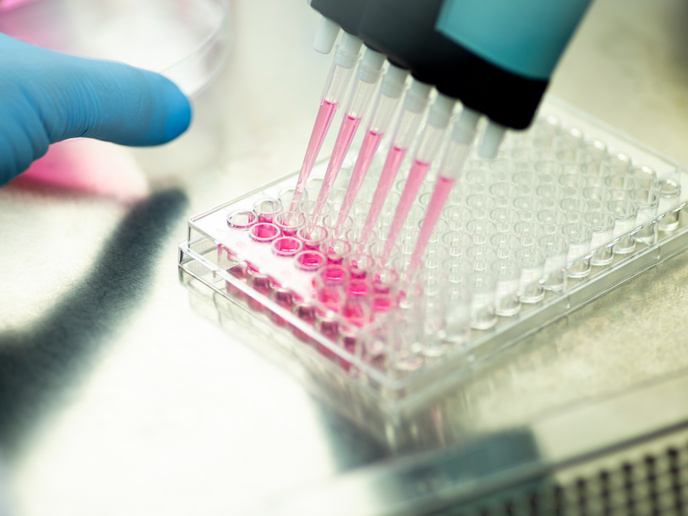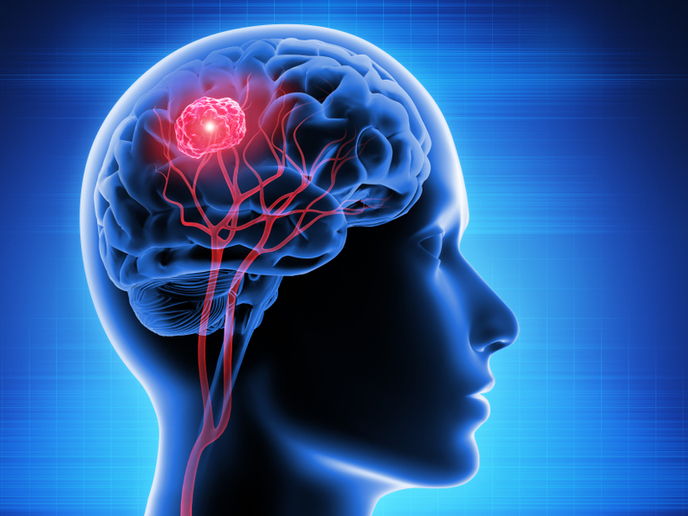Treating autism spectrum disorder with technology
The European Commission estimates that between 30 and 60 people out of every 10 000 have an autism spectrum disorder (ASD). ASD is a neurological and development disorder that affects how an individual interacts with others, communicates, learns and behaves. “ASD is a lifelong developmental condition, meaning that early diagnosis and proper intervention can help both children and their families effectively manage symptoms,” says Gianluca Baldassarre, a researcher at the Institute for Cognitive Sciences and Technologies(opens in new window) who served as the project coordinator. Due to a lack of a universally comprehensive diagnostic test, amongst other challenges, this is often easier said than done. But emerging technologies, including artificial intelligence and wearable devices, are changing how we understand, diagnose and treat autism and related neurologic disorders. Initiatives such as the EU-funded IM-TWIN(opens in new window) project have developed new technologies to support the early intervention of young children aged between 30 and 60 months and diagnosed with ASD. “IM-TWIN aimed to build a technological system that can potentially help us understand the affective state of a child during therapeutic activity,” adds Valerio Sperati, a researcher from the same institute with expertise in service mechatronic devices. “Such information is extremely helpful for therapists, allowing them to adapt and tune activities to make them more effective in improving the child’s social competence.”
Interactive toys for ASD
At the heart of the project is the Transitional Wearable Companion, or TWC, soft, interactive toys designed for young children. “These toys are designed to stimulate the social and emotional interaction of young ASD children during therapy sessions,” notes Beste Ozcan, IM-TWIN researcher. One of those toys is the PlusMe, a soft pillow that looks like a panda that can be worn around the neck. Using inner electronics, the toy emits coloured lights and amusing sounds when the child touches its paws. These outputs are very gratifying to small children, as they stimulate curiosity and drive spontaneous exploration. “The toy can be used to set up playful social activities, where the child has to cooperate with the adult caregiver, who mediates the toy’s response in order to get the desired output,” remarks Ozcan. While the TWCs themselves were developed during previous projects, they were significantly improved during the IM-TWIN project, with new features and data collection capabilities being added.
A sensor-enhanced T-shirt
The project also developed an innovative sensor-enhanced T-shirt capable of reliably collecting various physiological parameters in ASD children during a therapeutic activity. “These signals can then potentially be processed to understand the child’s affective state – a state that has traditionally been hidden or unclear,” notes Sperati. The collected data was, for example, processed by a new algorithm created by the project called fast Continuous Wavelet Transformation (fCWT) showing the quality of the collected data. Another key outcome of the project was an Eye Contact Detector tool. Implemented within a pair of camera glasses worn by the therapist, the tool uses computer vision to reliably detect eye contact between the child and the therapist, a key social ability impaired in children with autism.
Positive feedback from therapists
The project produced working prototypes for all its outcomes, which were successfully tested in real therapy sessions with ASD children. “The feedback from the therapists who tested our tools confirmed that this type of technology is highly valuable and has significant potential to advance how we diagnose and treat ASD in young children,” concludes Baldassarre. Researchers are currently working to further advance the IM-TWIN tools.







